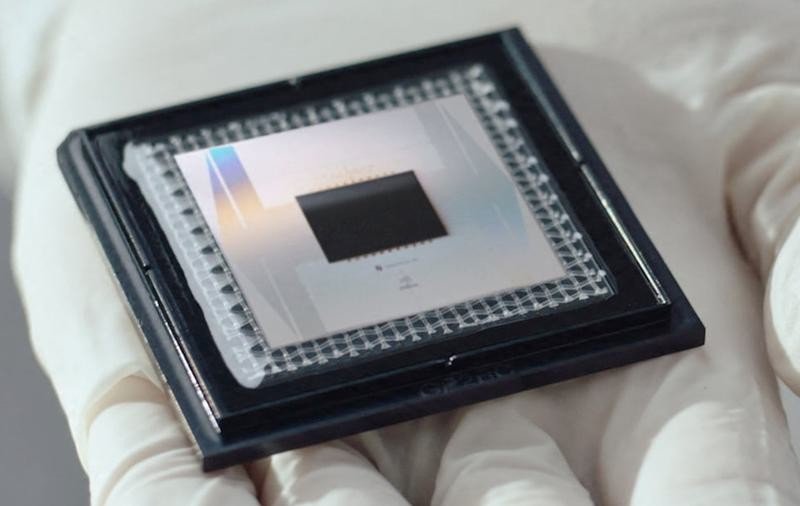In December 2024, Google Quantum AI introduced “Willow,” a 105-qubit superconducting quantum processor that achieved a significant milestone in quantum error correction. This development addresses a longstanding challenge in quantum computing: maintaining qubit stability and accuracy as systems scale up.
Understanding Quantum Error Correction
Quantum bits, or qubits, are inherently fragile and susceptible to errors due to environmental interference and operational imperfections. To build reliable quantum computers, it’s essential to implement error correction techniques that can detect and rectify these errors without collapsing the quantum state.
One widely studied method is the surface code, which organizes physical qubits into a two-dimensional lattice to form a single logical qubit. The effectiveness of this method depends on achieving a “below-threshold” error rate, where increasing the number of physical qubits leads to an exponential decrease in the logical error rate.
Willow’s Breakthrough
Willow is the first quantum processor to demonstrate exponential error suppression as more qubits are added, effectively operating below the critical error threshold. Specifically, when scaling from a 3×3 to a 7×7 qubit lattice, the logical error rate decreased by a factor of approximately 2.14, confirming the theoretical predictions of the surface code’s efficacy .
Additionally, Willow completed a benchmark computation in under five minutes—a task that would take the fastest classical supercomputers an estimated 10 septillion years, highlighting its computational prowess .
Technical Advancements
Several innovations contributed to Willow’s performance:
- Improved Qubit Design: Enhancements in qubit fabrication and coherence times allowed for more stable operations.
- Real-Time Error Decoding: Integration of real-time decoders enabled immediate identification and correction of errors during computations .
- Scalable Architecture: The 105-qubit layout facilitated the implementation of larger surface codes, essential for demonstrating below-threshold error rates
Implications for Quantum Computing
Willow’s achievements mark a pivotal step toward practical, large-scale quantum computers. By validating that error rates can be suppressed exponentially with system scaling, it paves the way for more complex and reliable quantum computations.
Potential applications include
- Drug Discovery: Simulating molecular interactions at quantum levels.
- Cryptography: Developing new encryption methods resistant to quantum attacks.
- Optimization Problems: Solving complex logistical and scheduling challenges more efficiently.
Remaining Challenges
Despite this progress, several hurdles remain:
- Logical Gate Operations: While error correction for memory has been demonstrated, implementing fault-tolerant logical gate operations is still a work in progress.
- Resource Requirements: Scaling up to millions of qubits necessary for practical applications will demand significant advancements in fabrication and control systems.
- Error Rates: Further reduction in physical and logical error rates is essential to run complex algorithms reliably.
Conclusion
Google’s Willow chip represents a significant milestone in quantum computing, demonstrating that scalable error correction is achievable. While challenges remain, this breakthrough brings us closer to realizing the full potential of quantum technologies in various fields.
